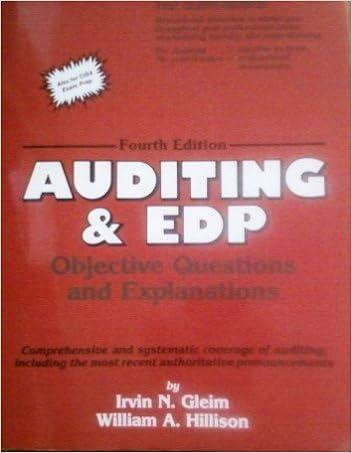The Office Supplies account started the year with a $3, 200 balance. During 2015. The company purchased supplies for $12, 500, which was added to the Office Supplies account. The inventory of supplies available at December 31.2015, totaled $2, 445 An analysis of the company's insurance policies provided the following facts. the total premium for each policy was paid in full (for all months) at the purchase date, and the Prepaid insurance account was debited for the full cost. (Year-end adjusting entries for Prepaid Insurance were properly recorded in all poor years.) The company has 25 employees, who earn a total of $1.980 in salaries each working day. They are paid each Monday for their work in the five-day workweek ending on the previous Friday. Assume that December 31, 2015. is a Tuesday, and all 25 employees worked the first two days of that week. Because New Year's Day is a paid holiday, they will be paid salaries for five full days on Monday, January 6, 2016. The company purchased a building on January 1, 2015. It cost $961,000 and is expected to have a $57,000 salvage value at the end of MS predicted 30-year life. Annual depreciation is $30, 800. Since the company is not large enough to occupy the entire building it owns, it rented space to a tenant at $3,000 per month, starting on November 1, 2015. The rent was paid on time on November 1, and the amount received was credited to the Rent Earned account. However, the tenant has not paid the December rent. The company has worked out an agreement with the tenant, who has promised to pay both December and January rent in full on January 15. The tenant has agreed not to fall behind again. On November 1, the company rented space to another tenant for $2, 800 per month. The tenant paid five months' rent in advance on that date. The payment was recorded with a credit to the Unearned Rent account. Use the information to prepare adjusting entries as of December 31, 2015, . Prepare journal entries to record the first subsequent cash transaction in 2016 for parts c and e. Create T-Accounts for each account effected by the first journal entries you have made. Include all balance information provided, if any, and then include the subsequent effects on those balances after the journal entries are included







